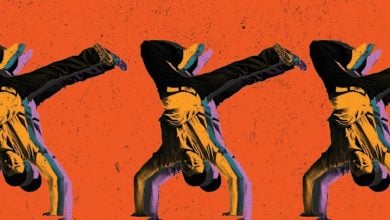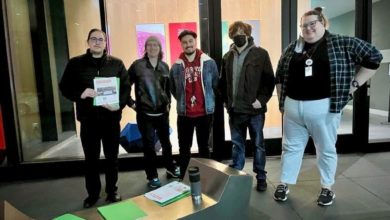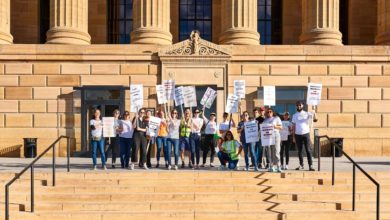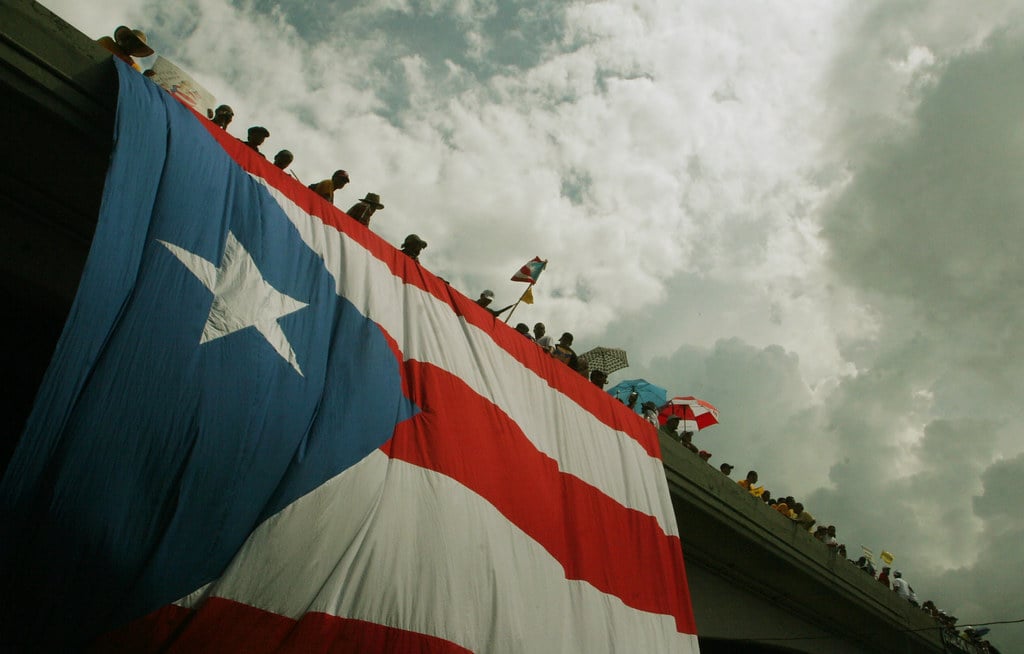On view until September 10 at El Museo del Barrio, deep inside Spanish Harlem, is the exhibition “Between the Lines: Text as Image. An Homage to Lorenzo Homar and the Reverend Pedro Pietri.” As the title explicitly states, the display gives homage to Puerto Rican artists Lorenzo Homar and Pedro Pietri.
Although the two artists share an exhibition, their work is profoundly dissimilar. Homar was trained in lithographic
printing at the Pratt Institute and was subsequently employed as a jewelry designer for Cartier. He later founded and produced works for Puerto Rican arts and cultural institutions. Pietri, on the other hand, came from a working-class background and was a self-taught poet.

Pedro Pietri
Though Homar’s prints touch upon nationalism, his work catered to the ruling establishment. Pietri meanwhile, never intended to join the mainstream bourgeois art world. He remained within the heart of the working class, integrating his art into the streets that surrounded him. His words articulated and dramatized the struggles of the Puerto Rican working-class. Pietri’s works did not stay stagnant, solely words imprinted on paper. They moved through his entire being and out into his community. And though Pietri was best known for his writing, he went beyond simply being a writer—he became a political performer.
Pietri was born in 1944 in
Interlacing music and spontaneous improvisations, Pietri became a pioneer of the spoken word style we find today. He called his performances “Underground Art”—his stages were subway platforms and street corners. During these performances, Pietri used crude, hand-made signs and sandwich boards encouraging audience participation.
Nuyorican Poet’s Café
The performances soon led to the formation, with several fellow poets, of the Nuyorican Poet’s Café. The Nuyorican Poets Café was a space where open, spontaneous recitation was encouraged, and where younger Latino poets and musicians were able to develop. The Nuyorican Café developed into a landmark salon and influenced many future performers.
Pietri described the impact of the Nuyorican poets: “At the time, it was the decline of the Beat Generation, and poetry went back to the universities and became an academic thing, but here come these street poets, man, and we pushed academia out of the way and took over the scene.”
Pietri was also a close ally to the Young Lords, an organization of Puerto Rican revolutionaries. The Young Lords took their inspiration from the Black Panther Party, promoting inner-city health, social programs and self-determination for their communities.
In 1969, the Young Lords took over the
Significantly, the majority of his poems were composed in Spanglish, reconfirming his identity as a New Yorican. Pietri had stated that he wrote in Spanish, but because his typewriter spoke English, his words came out differently.
Pietri died of stomach cancer on






